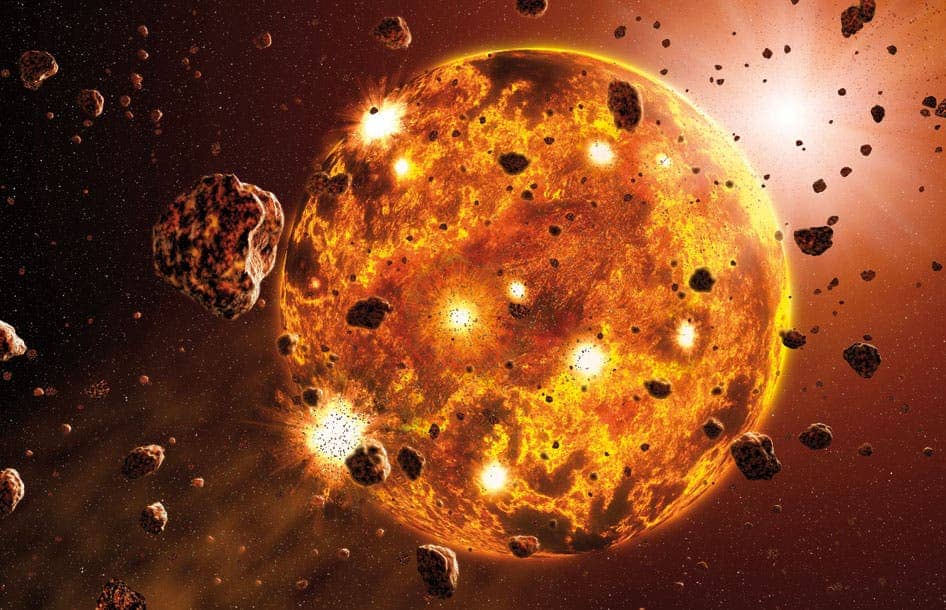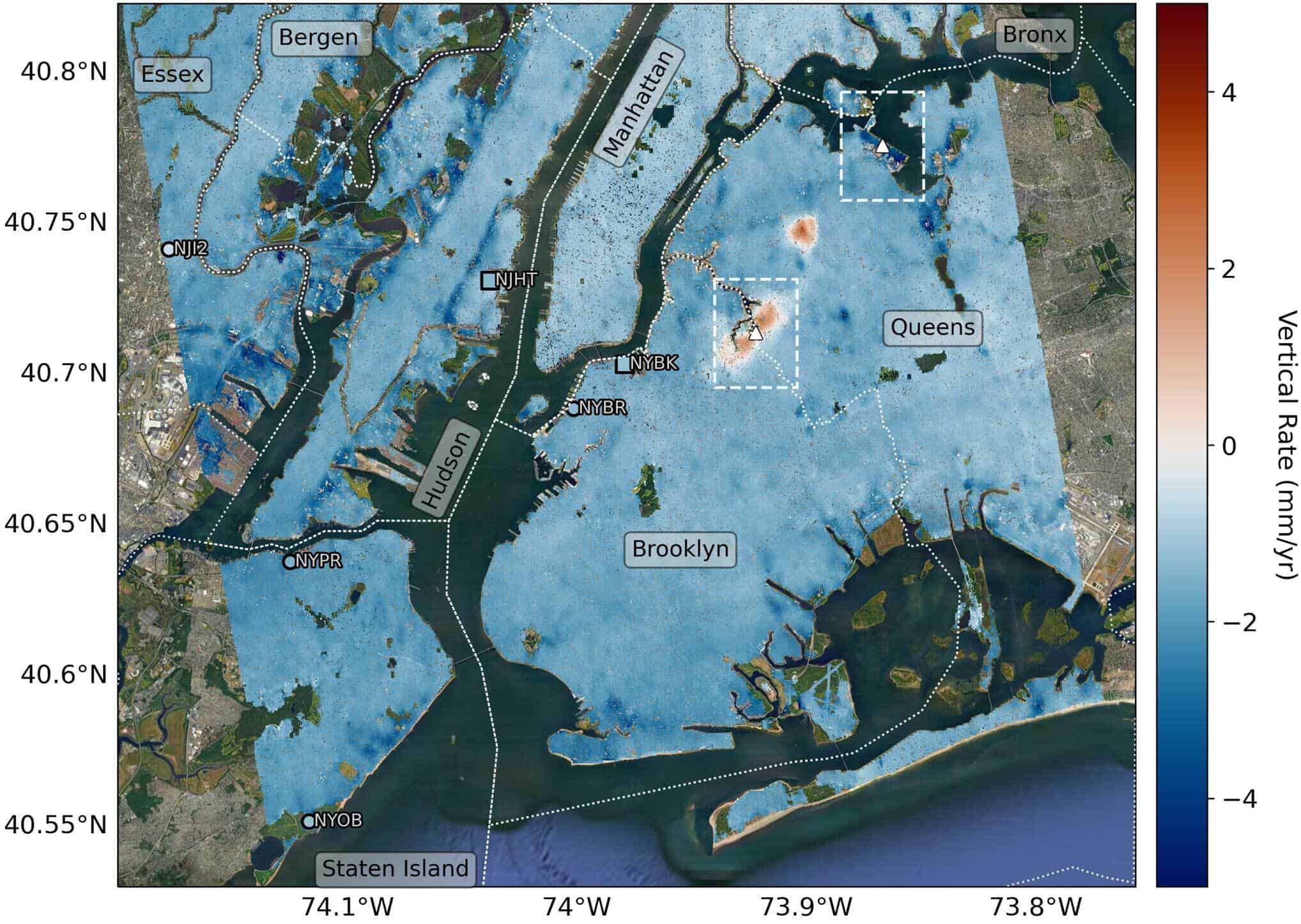Gas giants like Saturn or Jupiter may have formed not from a planetary core, but rather from tiny pebbles that stuck together. This theory would solve one of the biggest problems about our understanding of planetary formation: the timeline.
The previous model was called core accretion: you have a planetary core of rock and ice that starts to attract and keep other rocky objects, forming a larger and larger object, until it has enough gravitational attraction to start pulling gas and dust, creating a gas giant. But Jupiter’s and Saturn’s core is huge, much larger than the entire Earth, and that’s a problem.
The two gas giants must have formed very early in our solar system, because the formation of gas giants typically only lasts for 10 million years – compared to the Earth, whose formation lasted some 30 million years. But how could the same process create a much larger core in 10 million years than it did in 30 million years?
“The timescale problem has been sticking in our throats for some time,” Hal Levison, scientist in the SwRI Planetary Science Directorate and lead author of the paper, said in a statement. “It wasn’t clear how objects like Jupiter and Saturn could exist at all.”
He, alongside SwRI research scientist Katherine Kretke and Martin Duncan, a professor at Queen’s University in Kingston, Ontario came up with a solution for that problem; they call it the pebble accretion model.
Pebble accretion involves much smaller pieces of rock, ranging from between one centimetre and one metre in size (0.4in to 3.3ft) – yes, they’re actual pebbles. These pebbles accumulate together and ultimately collapse under the growing gravity, attracting more pebbles. At a first glance, this seems counter-intuitive. I mean, the process is pretty similar to core accretion, except you start out with smaller rocks, so it should be slower, but this continuous movement creates winds, which can blow pebbles towards the accumulating core.
“If the pebbles form too quickly, pebble accretion would lead to the formation of hundreds of icy Earths. The growing cores need some time to fling their competitors away from the pebbles, effectively starving them. This is why only a couple of gas giants formed,” Kretke explained.
This model hasn’t been confirmed and it will be very difficult to confirm it directly, but it seems to fit with the existing objects in our solar system.
“As far as I know, this is the first model to reproduce the structure of the outer solar system, with two gas giants, two ice giants (Uranus and Neptune), and a pristine Kuiper belt,” Levison said.











